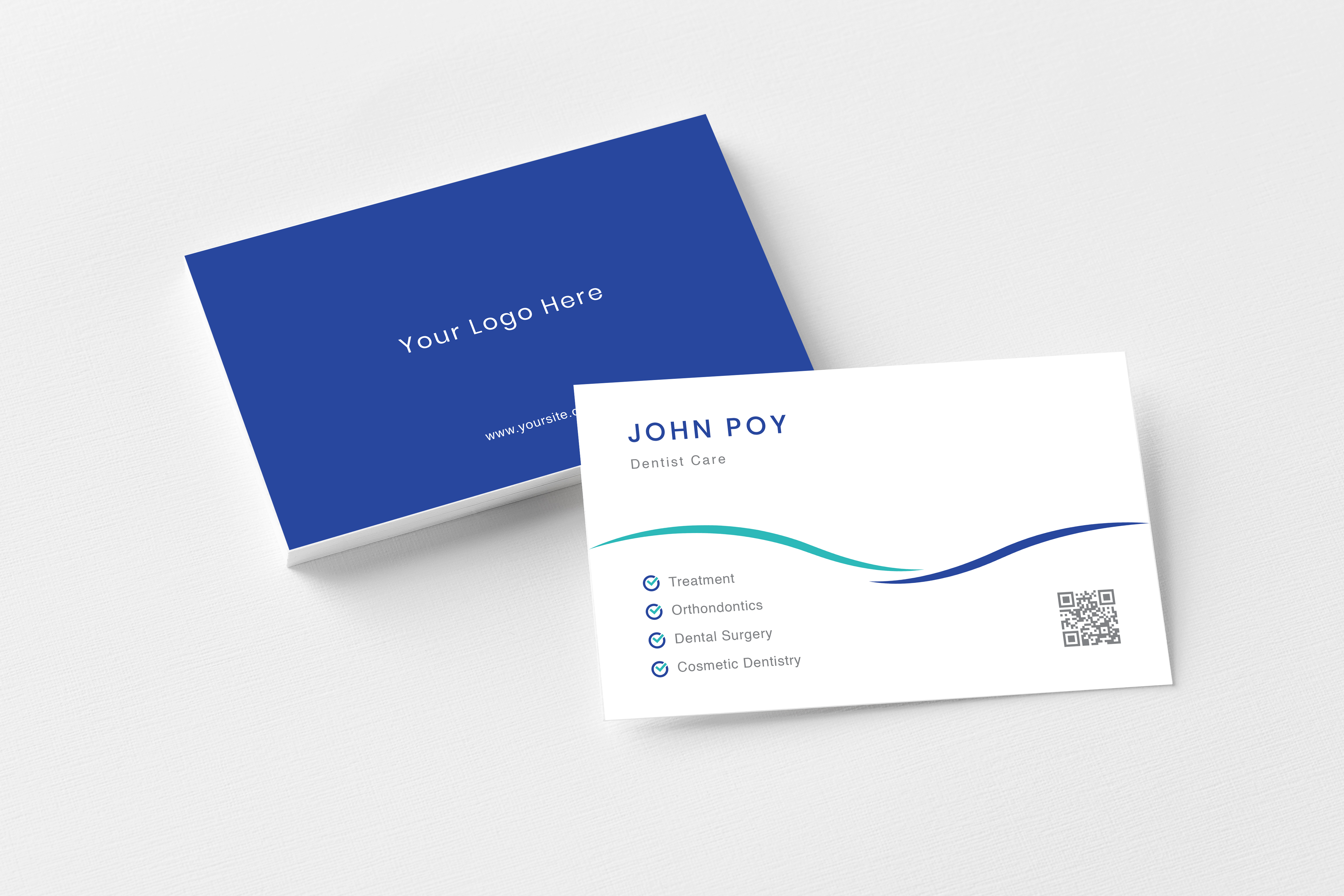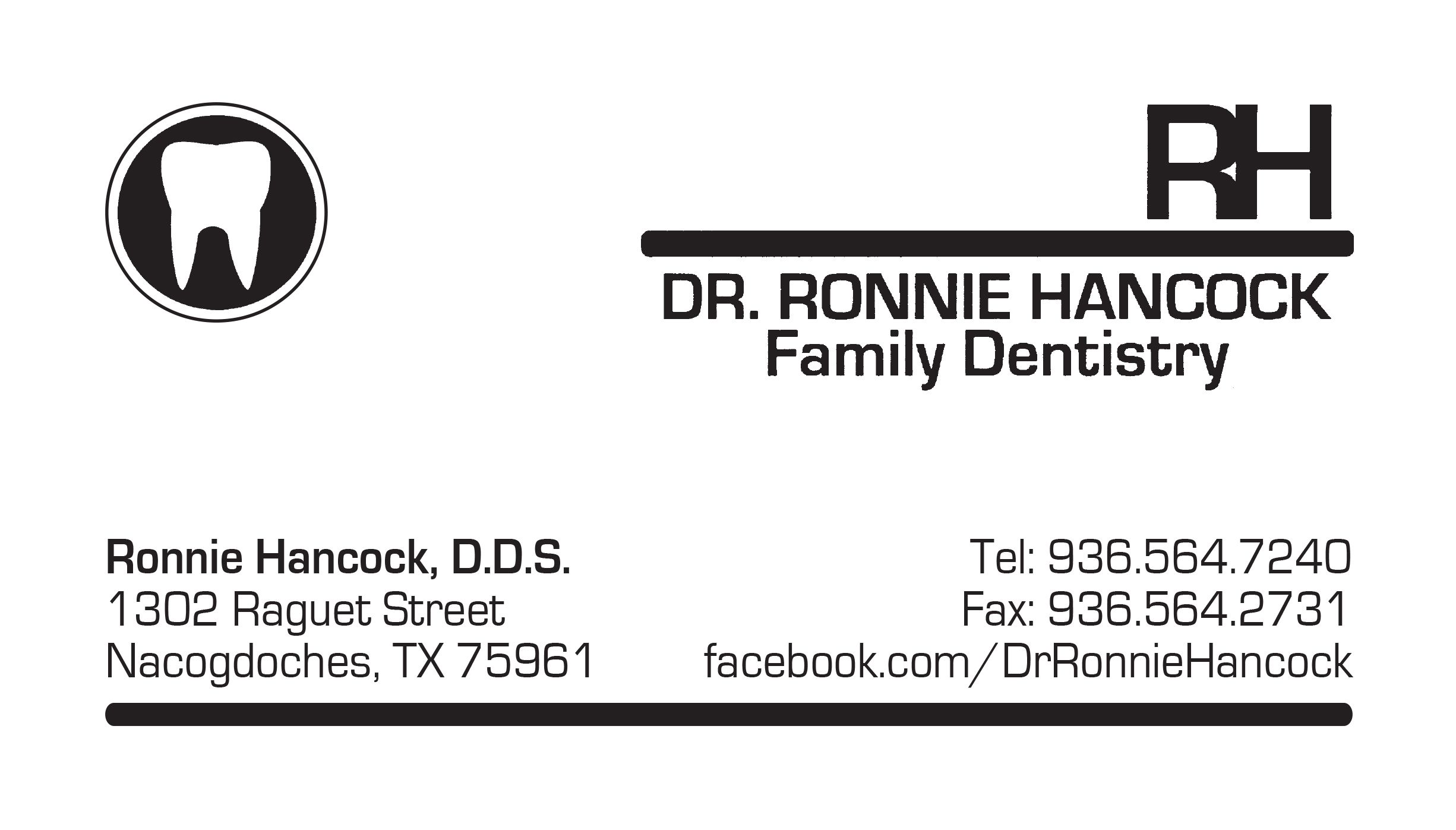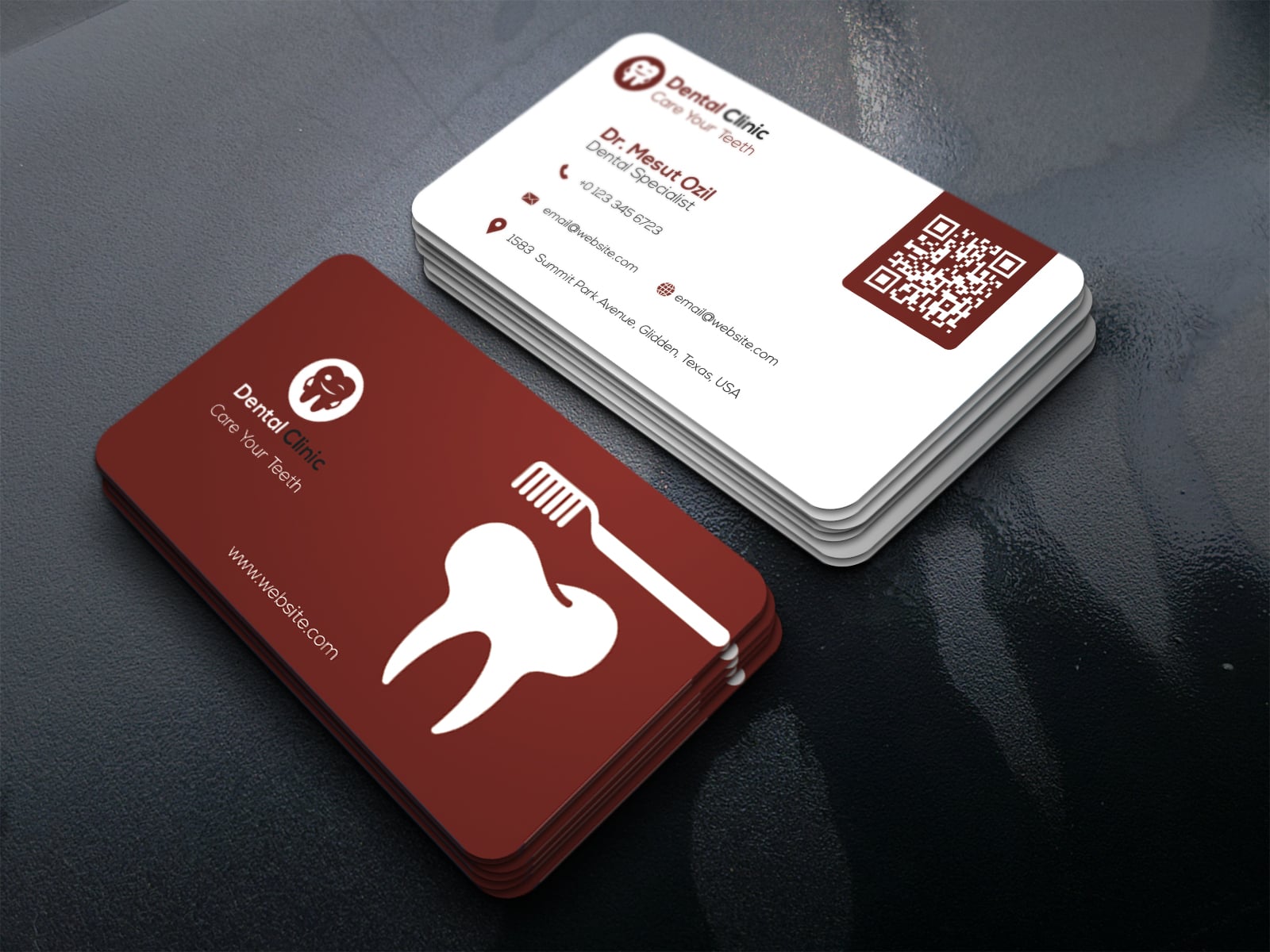
Are you a dentist looking to make a lasting impact on your potential patients? Well, one often overlooked marketing tool that can help you achieve just that is a well-designed dentistry business card. While digital marketing strategies may dominate the advertising landscape, the importance of a tangible, professional business card should not be underestimated. In this article, we will explore why dentistry business cards are crucial for your practice and provide you with some tips on how to create an eye-catching and effective design.
The Power of First Impressions

As a dentist, you understand the importance of a good first impression. A warm smile, a firm handshake, and a friendly demeanor go a long way in building trust with your patients. Similarly, your business card serves as a first point of contact with potential patients and establishes your professionalism and credibility.
Establishing Professionalism and Credibility

When a patient receives your dentistry business card, they should feel confident that they have found a reliable and trustworthy dental professional. The design and quality of your business card play a significant role in creating this perception. A professionally designed card showcases your attention to detail and dedication to your craft. Furthermore, it allows you to stand out from competitors who may opt for generic or poorly designed business cards.
Key Elements of an Effective Dentistry Business Card
1. Contact Information
Make sure your business card includes essential contact information such as your name, phone number, email address, and office address. This information should be prominently displayed and easily readable. Consider using a legible font size and a layout that allows for clear organization of these details.
2. Logo and Branding
Incorporating your dental practice logo and branding into your business card design helps solidify your professional identity. Consistency in branding across all marketing materials, including business cards, reinforces brand recognition and increases the chances of patients remembering your practice.
3. Design Elements
The design of your dentistry business card should mirror the atmosphere and tone of your dental practice. Consider using colors that align with your clinic’s branding and choose a design that reflects your practice’s level of formality or approachability. Aesthetically pleasing design elements, such as clean lines and balanced typography, can enhance the visual appeal of your card.
4. Specialization or Unique Selling Point
If you specialize in a particular area of dentistry or have a unique selling point, be sure to highlight it on your business card. For example, if you specialize in cosmetic dentistry, include a small icon or tagline that conveys this expertise. This helps potential patients quickly understand your unique value proposition.
5. Patient Testimonials
Including a brief patient testimonial on your dentistry business card can be a powerful marketing tool. Positive feedback from satisfied patients builds trust and credibility, encouraging potential patients to choose your practice over others. Use a short, concise testimonial that highlights the outstanding service or results you have provided.
Tips for Designing an Eye-Catching Dentistry Business Card

Now that you understand the importance of a well-designed dentistry business card, here are some tips to help you create a card that catches the eye and leaves a lasting impression:
1. Use High-Quality Printing Materials
Investing in high-quality printing materials will make a significant difference in the appearance and durability of your business cards. Opt for thick cardstock paper with a professional finish. This not only enhances the perceived value of your card but also makes it less likely to get damaged or bent.
2. Keep It Simple and Uncluttered
While it might be tempting to include as much information as possible, it’s crucial to keep your dentistry business card simple and uncluttered. Avoid overcrowding the card with excessive text or images. Instead, prioritize the most essential information and use whitespace strategically to create a clean and visually appealing design.
3. Choose Fonts Wisely
The choice of fonts can greatly impact the readability and overall aesthetics of your business card. Stick to simple, legible fonts that are easy on the eyes. Avoid using script or decorative fonts that may be difficult to read, especially in small font sizes. Consistency in font choices throughout your card also creates a cohesive and professional look.
4. Ensure Proper Color Contrast
Carefully consider the color contrast of your dentistry business card to ensure the readability of the text. Dark text on a light background or vice versa often works best. Avoid using light colors on light backgrounds or dark colors on dark backgrounds, as this can make it challenging for potential patients to read your contact information.
5. Include a QR Code
As we move towards a more digital era, consider including a QR code on your business card. This allows potential patients to easily access your website, online appointment booking system, or any other digital resources you offer. A QR code adds a modern touch to your card while providing a convenient way for patients to engage with your practice.
Conclusion

In conclusion, don’t underestimate the power of a dentistry business card in leaving a lasting impression on potential patients. By incorporating key elements such as contact information, branding, design, specialization, and patient testimonials, you can create an eye-catching and effective business card that sets you apart from the competition. Remember to keep the design simple, use high-quality printing materials, and ensure proper color contrast for optimal readability. With a well-designed business card in hand, you’ll be well on your way to making a memorable first impression and attracting new patients to your dental practice.
Isabella, a branding guru, merges her love for storytelling with her marketing expertise. Her fascination with cultural diversity and travel lends a global perspective to her writing about business cards and graphic design. In her free time, she explores new cuisines and documents her culinary adventures.